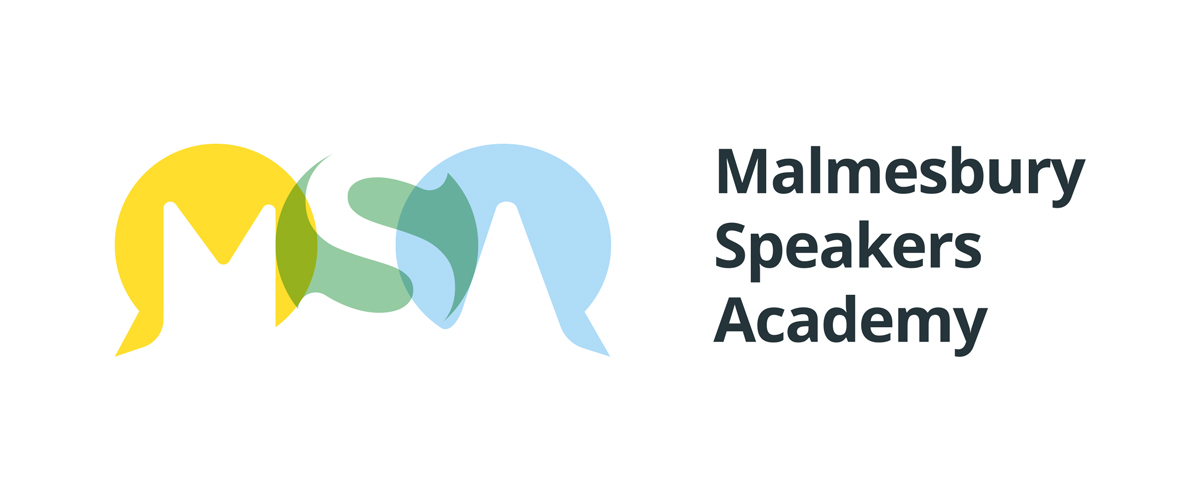How to present with Clarity
When you speak with clarity, your audience will hear your message
Presenting with clarity is the ability to communicate your message in such a way that the people in the room are able to hear, understand and receive your message.
In 1948 Claude Shannon published in his paper "A Mathematical Theory of Communication" a new way to think about how we communicate. He defined communication as passing information from a sender to a receiver. His theory set the scene for a transformation in the way we understand communication and it was crucial to the success of the Voyager deep space mission, the invention of the Compact Disk and the creation of the Internet and mobile phones.
So how can this help your next business presentation?
The heart of Shannon’s idea was this: communication is the transmission of a message from a sender to a receiver and the message has to get through a certain amount of noise that tries to block the message.
If you imagine a phone call, you are at one end as the sender, the person you are talking to at the other end of the line is the receiver and the crackle and noise of the line is the literal noise that makes it hard for you to communicate.
When you bring this idea to presenting and public speaking the concept is the same. As the presenter you are sending a message for the audience to receive. However, in this case, most of the noise that might block your message is not actual sounds in the room – the noise lives in the minds of the audience members.
The noise in the audience’s head can block your message
There are different sources of noise that can prevent your message getting through to the audience – some you have the ability to influence, and some you do not.
In order to anticipate the noise that might get in the way of your message, you need to understand as much as you can about the audience. Ask questions, do your research so you can tailor your presentation to the audience in front of you.
Here is a selection of questions to ask:
What is going on in the organisation right now that might be weighing on people’s minds?
What is the process or history that has lead up to the presentation (and does everyone in the room understand or agree with it)?
What is happing right before your presentation – what mood will it have left the audience in?
What is happening right after your presentation – what are the audience anxious to get to, or avoid?
Once you understand as much as you can about the audience in the room, you can try to anticipate the noise that may get in the way of your presentation and you can adjust your content in order to cut through the noise.
Emotional noise
With a bit of reflection, you can probably predict the emotional reaction of the audience to your presentation. If you are describing a project that will result in changes to people’s jobs or reduction in workforce, then clearly there might be some resistance from people who imagine they may be affected. Remember noise is something that stops the audience from hearing your message clearly. For example, if people are imagining problems instead of listening to you.
Give a pause to allow people to process what you say – ask for questions and restate your key points a different way to give the audience the best chance to grasp what you are really saying rather than getting upset by what they imagine you said.
Conceptual noise
Conceptual noise happens when you introduce ideas and viewpoints that are new or alien to the audience. You may need an exercise coupled with several stories and illustrations in order to help the audience to understand and accept the concepts that you are introducing.
Educational noise
If you are presenting on a technical or specialist topic the technical terms, acronyms and industry jargon you use can be just so much noise to anyone who does not share you level of expertise. You can avoid educational noise by explaining technical terms the first time you use them and clearly introducing any ideas and assumptions that underpin your presentation. This is a balancing act, though, as you need to explain technical terms to less experienced members of the audience without appearing to patronise the experts in the room. Personally I like to make a comment during my introduction along the lines ‘We have a bit of a mixed audience here today so, I’d ask the experts in the room to bear with me when I think we need to explain a technical concept to those in the room who are less familiar with the details.’
Speaking with clarity means taking steps to reduce the noise in people’s minds that would otherwise drown out your message.
You speak with clarity when you speak in the language the audience understands.
Learn you to present with Clarity on our one day Confident Business Presentations course or 3 day Speakers Masterclass.
Click here to learn more about: Confident Business Presentations
Click here to learn more about: Speakers Masterclass

